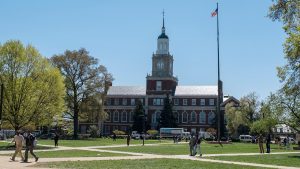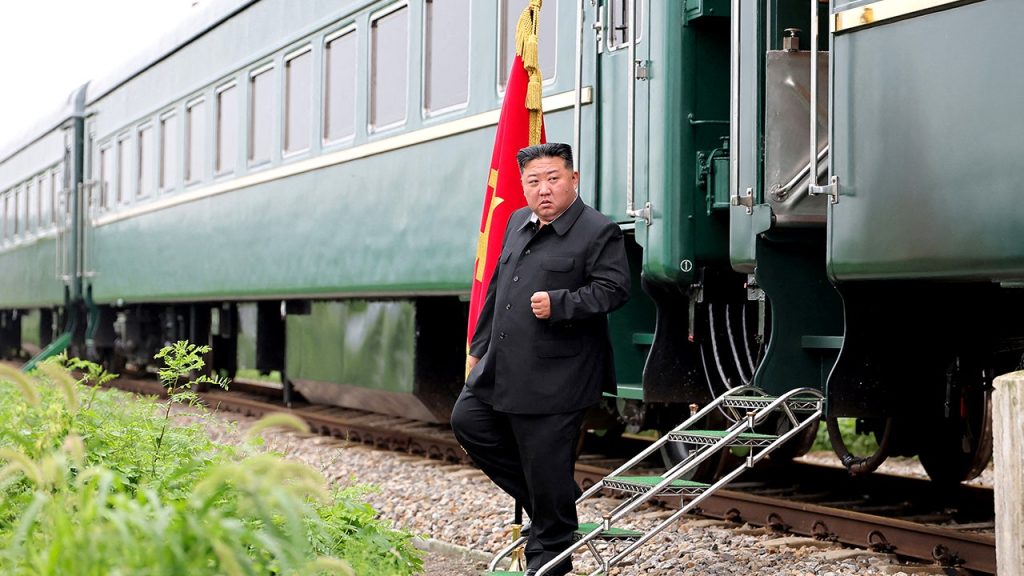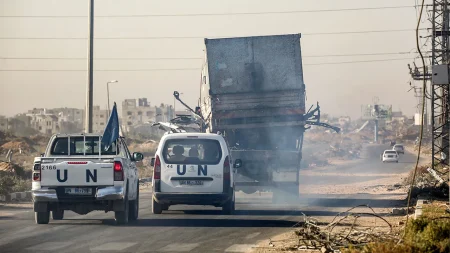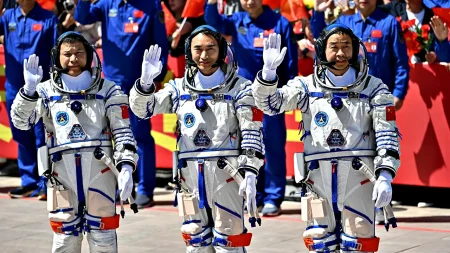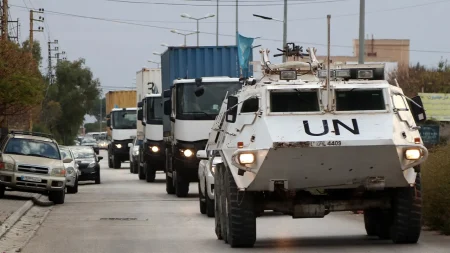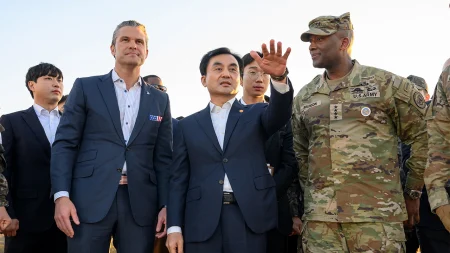Kim Jong Un’s Beijing Journey: Strengthening Bonds Amid Global Tensions
In a significant diplomatic move, North Korean leader Kim Jong Un has embarked on a journey to Beijing aboard his iconic armored train, marking his first visit to China since 2019. The 41-year-old leader is traveling to join Chinese President Xi Jinping and Russian President Vladimir Putin at a military parade commemorating the 80th anniversary of Japan’s surrender in World War II. This rare international appearance by Kim underscores North Korea’s strategic efforts to reinforce relationships with both China and Russia at a time when global alliances are rapidly shifting. The timing is particularly noteworthy as it follows South Korean President Lee Jae Myung’s recent high-profile visit to the United States, where strengthening trilateral cooperation against North Korea’s nuclear ambitions was a central focus.
Kim’s mode of transportation—the legendary “Taeyangho” or “moving fortress”—represents both practical security measures and the continuation of a family tradition. The heavily armored train travels at a modest speed of approximately 60 kilometers per hour, requiring nearly 20 hours to cover the 1,300-kilometer journey to Beijing. This fortress on rails is bulletproof and typically consists of 10 to 15 carriages specially designed to accommodate the North Korean leader’s needs and security requirements. Some carriages are dedicated exclusively to Kim’s personal use, including a private bedroom, while others house his security detail and medical personnel. The train is also reported to contain conference rooms and audience chambers, essentially serving as a mobile command center that allows Kim to remain in control while traveling internationally.
The decision to travel by train rather than aircraft continues a practice established by Kim’s father, Kim Jong Il, who reportedly harbored a fear of flying. This tradition has become a hallmark of the Kim dynasty’s diplomatic style, with the current leader using rail transportation for his last Beijing visit in 2019 and for meetings with Putin following Russia’s invasion of Ukraine. Beyond mere tradition, however, the armored train serves as a powerful symbol of North Korea’s insular approach to international relations—protected, self-contained, and moving at its own deliberate pace through foreign territory. The spectacle of Kim’s arrival by train also creates a dramatic entrance befitting a leader who carefully manages his international image.
Beijing’s military parade, where Kim will join Xi and Putin, represents more than just a historical commemoration—it’s a carefully orchestrated display of Chinese military might and diplomatic alignment. The 70-minute event will showcase thousands of troops marching through Tiananmen Square alongside China’s latest weaponry, sending a clear message about Beijing’s growing military capabilities. For China, hosting both Kim and Putin at such a high-profile event signals its intention to strengthen an axis of nations that stand in opposition to Western influence in Asia. For Kim, the invitation provides a rare opportunity to appear on the world stage alongside major powers, reinforcing North Korea’s relevance in regional geopolitics despite its isolation and economic challenges.
Kim’s delegation includes several senior party and government officials, notably Foreign Minister Choe Son-hui, highlighting the diplomatic significance North Korea places on this visit. The Korean Central News Agency formally announced the leader’s departure, framing the trip as participation in celebrations honoring “the victory of the Chinese People’s War of Resistance against Japanese Aggression and the World Anti-Fascist War.” This careful wording reflects North Korea’s ongoing emphasis on historical grievances against Japan, a narrative that aligns with similar sentiments in China and Russia. The shared historical perspective serves as common ground for these three nations as they seek to deepen their cooperation in the face of what they view as Western hegemony.
The timing of this trilateral gathering in Beijing carries particular significance given the current state of global tensions. As Western nations, particularly the United States, work to strengthen alliances in the Indo-Pacific region to counter China’s growing influence, this meeting demonstrates an alternative coalition taking shape. For North Korea, cultivating stronger ties with both China and Russia provides economic lifelines and diplomatic support against international pressure regarding its nuclear program. For China, the gathering showcases its ability to build partnerships independent of Western influence. And for Russia, increasingly isolated due to its actions in Ukraine, the meeting offers evidence that it maintains significant international relationships despite Western sanctions. As these three leaders converge in Beijing, they send a powerful message about shifting global power dynamics and the emergence of new alignments that could reshape international relations in the years to come.

